Clifford Berryman
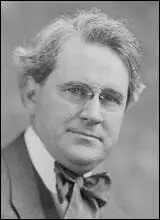
Clifford Kennedy Berryman, the son of James Thomas Berryman and Sallie Church Berryman, was born in Kentucky on 2nd April, 1869. His father was "a crossroads merchant who spent his spare time caricaturing his customers on wrapping paper." (1)
Berryman started as as draughtsman in the United States Postal Service but in 1891 he joined The Washington Post as understudy of the newspaper's political cartoonist George Y. Coffin. (2)
Berryman married Kate Geddes Durfee on the 5th July 1893 and they had three children: Mary Belle (who died as an infant), Florence Seville and James Thomas. After Coffin died in 1896, Berryman took over as the newspaper's chief political cartoonist.
Berryman satirized both Democrats and Republicans. On 16th November, 1902, he depicted President Theodore Roosevelt showing compassion for a small bear cub. The cartoon inspired New York store owner Morris Michtom to create a new toy and call it the teddy bear. (3)
In 1907 Berryman moved to the Washington Evening Star. He drew cartoons of William Howard Taft, Woodrow Wilson, Warren G. Harding, Calvin Coolidge, Herbert Hoover, Franklin D. Roosevelt and Harry S, Truman. Berryman was joined by his son, James Berryman, in 1935 and for the next fourteen years the two men contributed alternative daily cartoons. (4)
The authors of Drawn & Quartered: A History of American Political Cartoons (1996) pointed out: "Although his statement was seldom confrontational, Berryman's craftsmanship was surperb. His clean, stylized caricatures were sought-after mementos for senators, congressmen, and presidents." (5)
It has been pointed out that " Washington political circles embraced Berryman's cartooning. Throughout his extraordinary career, he drew every Presidential administration from Grover Cleveland to Harry Truman. He satirized both Democratic and Republican political figures but never used outlandish caricature, which won him great respect from many politicians. With brillantly simple pen strokes, Berryman created exacting portraiture that was both flattering and true to his subjects." (6)
Berryman felt very strongly about the growth of fascism in Europe and one of his most powerful cartoons was "Wonder how long the Honeymoon will last? (9th October 1939). Berryman, was awarded the Pulitzer Prize in 1943, for the cartoon But Where is the Boat Going? (28 August 1943).
Clifford Berryman carried on working for the Washington Evening Star until his death on 11th December 1949.
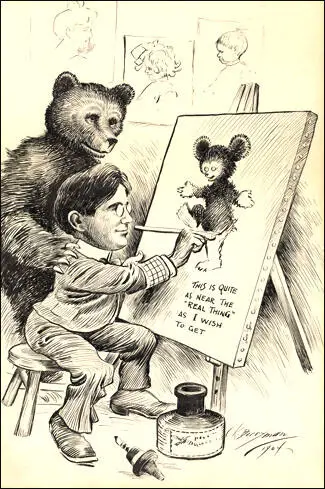
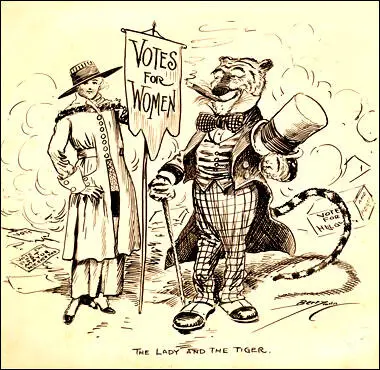
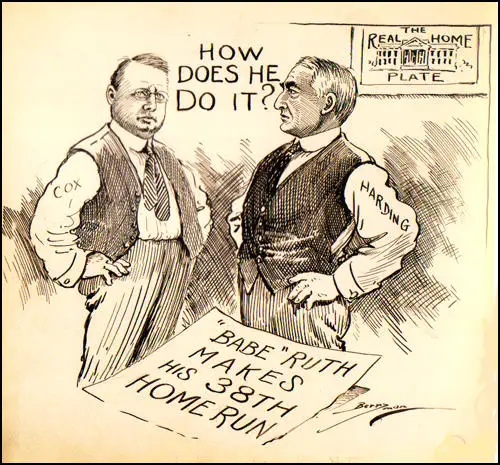
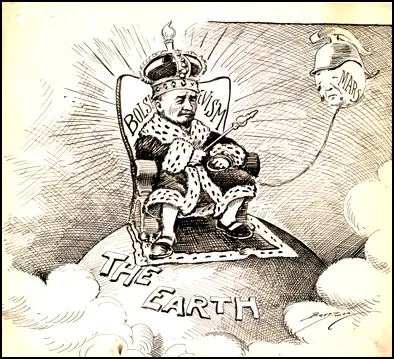
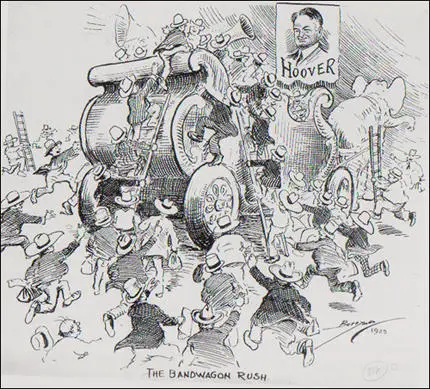
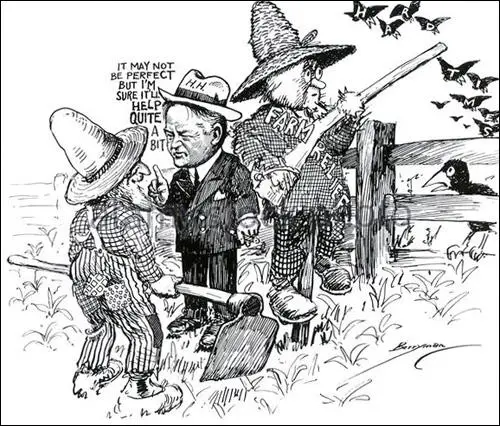
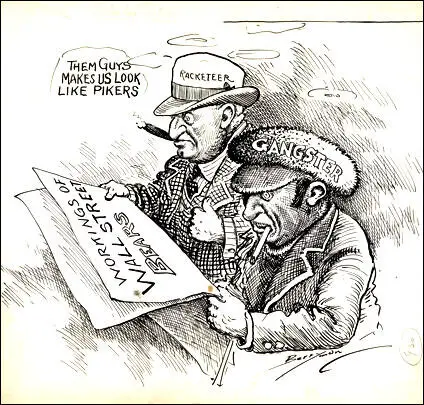
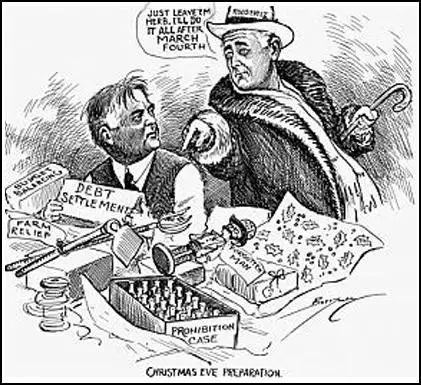
all after March 4th." Clifford Berryman, Washington Evening Star (December, 1932)
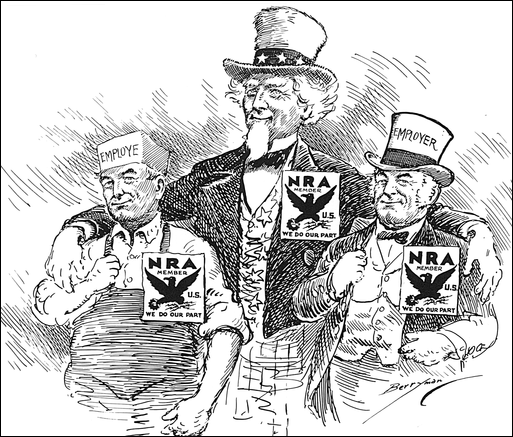
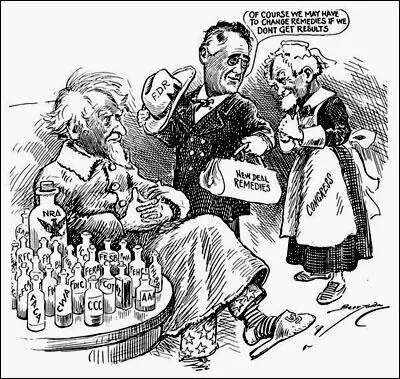
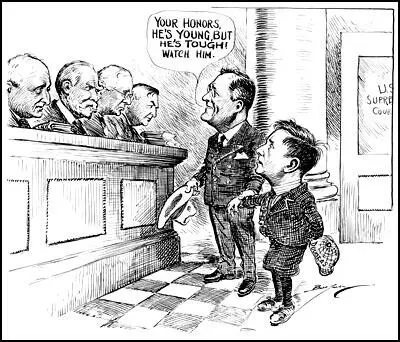
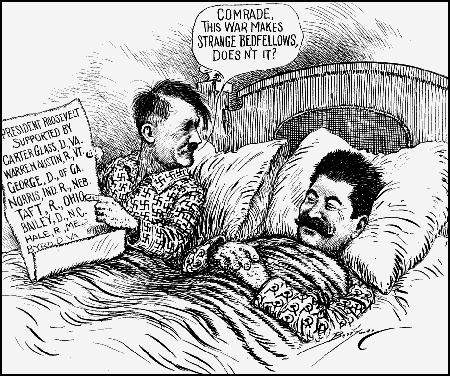
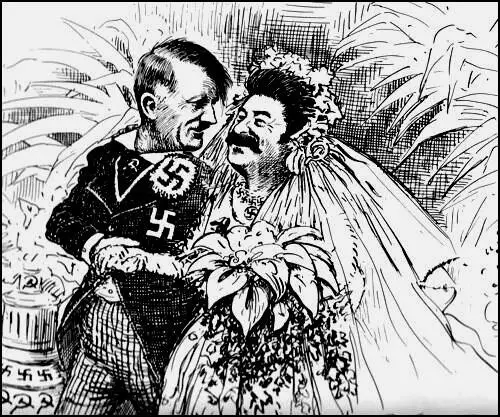
Primary Sources
(1) Jessie Kratz and Martha Grove, Running for Office: Candidates, Campaigns, and the Cartoons of Clifford Berryman (2008)
Washington political circles embraced Berryman's cartooning. Throughout his extraordinary career, he drew every Presidential administration from Grover Cleveland to Harry Truman. He satirized both Democratic and Republican political figures but never used outlandish caricature, which won him great respect from many politicians. With brillantly simple pen strokes, Berryman created exacting portraiture that was both flattering and true to his subjects.
(2) The New York Times (12 December, 1949)
Born in Kentucky, Mr. Berryman never took a drawing lesson in his life, but he began to sketch when he was a boy… Berryman joined the staff of the Washington Star in January, 1907. Since that time he had drawn hundreds of cartoons on many subjects? His Pulitzer prize picture of 1944 was entitled "But Where is the Boat Going?"
(3) Stephen Hess & Sandy Northrop, Drawn & Quartered: A History of American Political Cartoons (1996)
Although his statement was seldom confrontational, Berryman's craftsmanship was surperb. His clean, stylized caricatures were sought-after mementos for senators, congressmen, and presidents. Berryman's first presidential caricature was of Theodore Roosevelt; he invented the Teddy bear. He would record the administrations of eight presidents, including those of Woodrow Wilson and Herbert Hoover.

